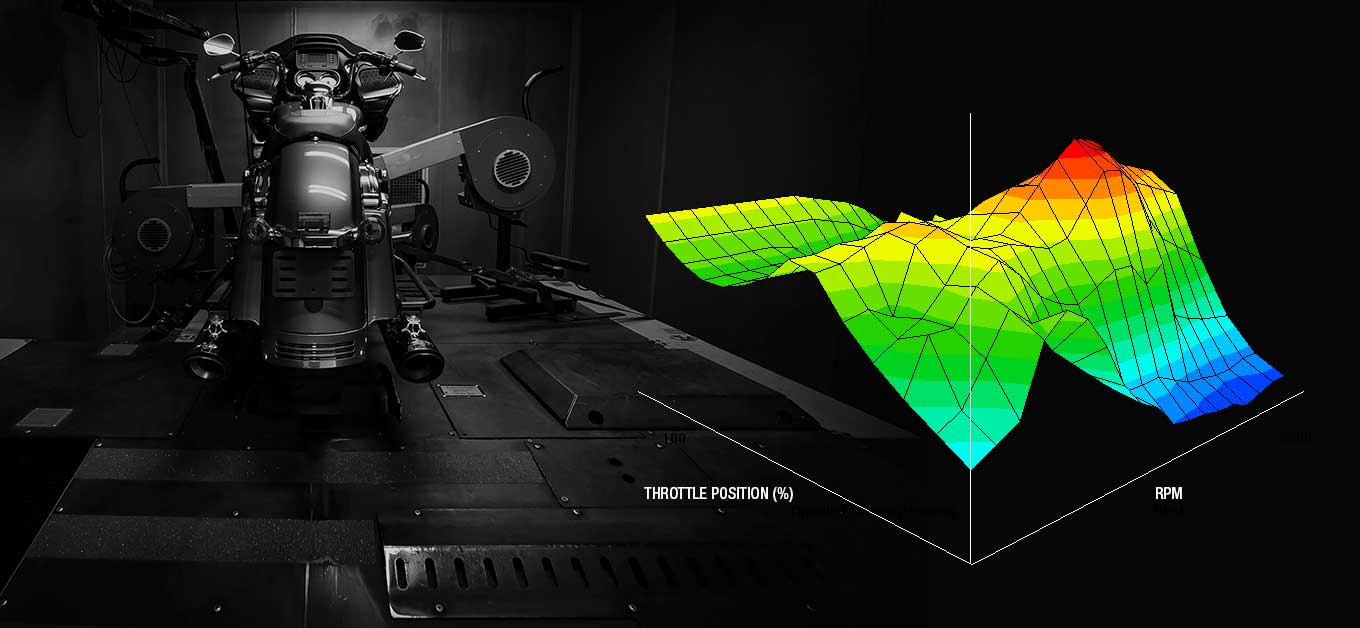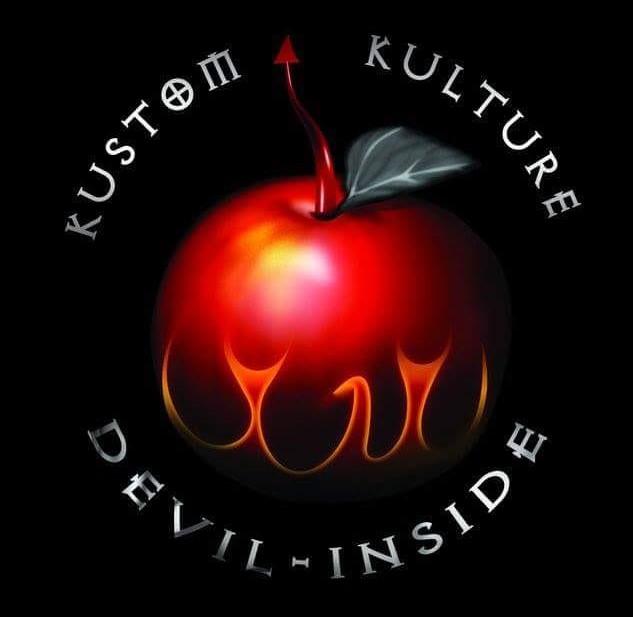Remote Tuning

As an official DynoJet Tuning Center, in addition to Dyno Tuning, we have developed a Remote Tuning service for Harley-Davidson engines for owners Power Vision or Screamin’ Eagle Super Tuner who cannot come to our Tuning Center.
We prefer not to sell maps because the result could disappoint. We have instead developed methods to provide a service with excellent results even for those who cannot reach our garage.
Tuning, it’s always worth it
There’s a slew of common prejudices against tuning our motorcycle engines, especially those put forward by the incompetent or biased. To quote a few: “it breaks your bike”, “the guaranty is no longer valid”, “it’s useless”, “have you ever gone faster than 120 km/h with your Harley?”, “do you ever race on a track?”
Since I work in the field I am biased, yet I will try to advise you objectively just the same.
A good tuning doesn’t cost a mere two cents and the gains in terms of torque and power don’t always leave you open-mouthed.
On the other hand, the exhilarating feeling you get when you’re back on the bike after a good tuning is always true: smooth running, easy driving, exuberant torque, constant power delivery and very quick responses to the throttle. Anyone who has driven a motorcycle that has been well-tuned knows exactly what I’m talking about.
So, is it worth it? Yes, always.
Let’s consider costs, reliability, and results.
What a Power/Torque Dyno graph can’t say
Often, what many bikers covet most at the end of tuning is a nice dyno graph (Figure 1) highlighting the differences between before and after tuning.
- Red Lines : Standard Motorcycles.
- Blue Lines : Partial Stage I with mufflers and tuning only.
- Green Lines : Complete Stage I with air filter, mufflers, and tuning.
The difference is quite marked, both in terms of power and torque, yet merely reading the graph doesn’t truly indicate whether the tuning was carried out to perfection.
Let’s try to explain.
To obtain a dyno graph such as in Figure 1: keep the motorcycle in 4th or 5th gear at about 1600/1800 rpm for a few seconds, and then accelerate, keeping the throttle fully open until you reach the maximum number of revolutions for the engine.
To relate, in a partial but explanatory manner, the dyno graph to the map refer to Figure 2 which represents the table of Volumetric Efficiency (VE) of a cylinder. The highlighted column corresponds to a fully open throttle (Throttle Position = 100%).
The highlighted column is therefore the only part of the entire table measured in a dyno graph.
Mirror, mirror of the wall, who’s the fairest AFR of them all?

In very heated debates about who has the most chrome-plated accessory or the darkest motorcycle, or in complaints about the amount of money wasted on excess accessories, we hear ever more frequently talk about AFR (Air Fuel Ratio), ECUs and stoichiometric ratios.
Stoichiometric ratios, what an evocative word! It is often talked about like strange initiation rites in Ngorongoro.
The stoichiometric ratio takes its name from stoichiometry – the branch of chemistry that studies the quantitative relationships of the substances involved in chemical reactions. The study of the quantities in stoichiometry aims to identify the quantities so that the reactions are balanced.
For our beloved motorcycles, equipped with internal combustion engines fueled by gasoline, stoichiometry tells us that, under normal operating conditions, the ideal stoichiometric air/fuel ratio is one and only one: 14.7 parts of air for 1 part of gasoline.
So, to speak of “stoichiometric ratios” in the plural is inappropriate: it is like saying that to calculate the circumference of a circle of kind A we need π(A) while to calculate the circumference of a circle of kind B we need π(B).
If, therefore, someone tells you: “with the new mufflers your bike has a lean stoichiometric ratio, you need to fatten up by putting an ECU for the modest sum of…” be careful.
Now that we have clarified what a stoichiometric ratio is, we can keep asking the mirror on the wall or browse some of the interesting cases from our Tuning Center.








